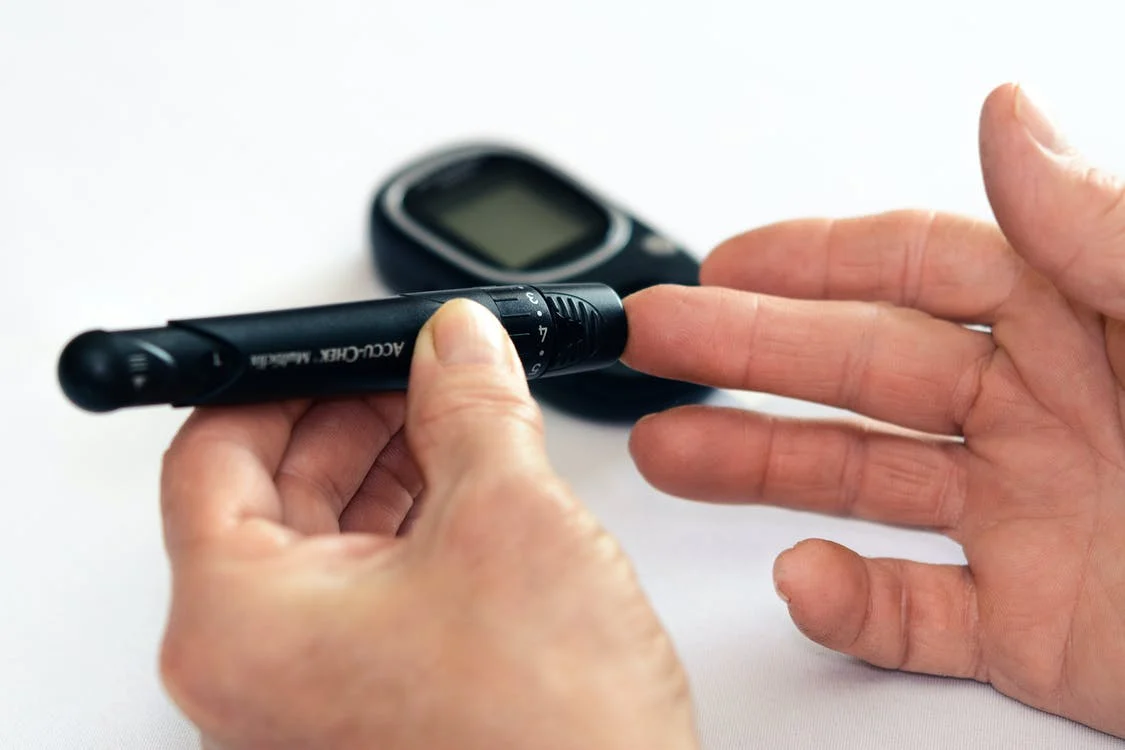Diabetic symptoms may range from mild to severe, and the underlying molecular processes are complicated. Half-truths exist in this condition due to their prevalence and inherent complexity. Sadly, several of these beliefs contribute to the negative perception of diabetes. Because of this, many people fail to seek Southaven diabetes management until it is too late.
It is important to note that the immune system assaults pancreatic cells that produce insulin in type 1 diabetes. Type 1 diabetes is more common than type 2 diabetes in younger people. Furthermore, there is a lack of insulin production or insulin sensitivity in type 2 diabetes, the most common form of the disease in the United States.
Likewise, pregnant women are at an increased risk of developing gestational diabetes since their body requires more insulin during that time. When the body cannot adapt to these new demands, gestational diabetes develops. In most cases, gestational diabetes subsides after delivery, but it can return in subsequent pregnancies, increasing the risk of developing type 2 diabetes later in life.
There is a lot of information about diabetes, but not all of it is accurate. Because it is challenging to sort through all of the misinformation, below is a list of the most common misconceptions about diabetes.
- People with diabetes should not eat sugar
There are many misconceptions about diabetes, but one of the most popular is that persons with the illness must avoid all sugar. Dietary sugar is acceptable for people with diabetes who follow a well-balanced plan. Sugar is safe for them to consume.
- People who are obese are more likely to get diabetes
Type 2 diabetes and gestational diabetes may develop in persons of any weight; however, obesity and overweight are risk factors. National Diabetes Statistic Report, 2020 statistics show that 11% of patients with type 2 diabetes in the United States are neither overweight nor obese. A person’s weight has no bearing on type 1 diabetes.
- Diabetes is not a severe condition
Diabetes is a long-term illness that can cause significant health problems in the future. People with type 1 diabetes must administer insulin injections daily, whereas those with type 2 diabetes may benefit from various approaches, including dietary modifications, oral medicines, and insulin.
The risk of significant problems such as eye loss, renal failure, nerve damage, and heart disease increases the longer someone with diabetes has their blood glucose levels consistently over the acceptable range.
- Amputation and blindness are inevitable outcomes of diabetes
Fortunately, this is only a myth! Diabetes may cause blindness and amputations; however, this is not always the case. And for those who take good care of themselves, these consequences are pretty unusual. According to the CDC, 11.7 percent of persons with diabetes experience eyesight loss. Around 0.56 percent of Americans with diabetes have a lower-extremity amputation.
Experts have identified several risk factors as contributing to an increased risk of diabetes-related complications. Obesity, overweight, smoking, physical inactivity, high blood pressure, and high cholesterol are only a few of the dangers associated with these lifestyle choices.
- Diabetes is curable
Diabetic complications are a lifelong problem for which there is no solution. It is, however, manageable such that issues don’t arise.
There is a lot of false information concerning diabetes that can stop you from managing the condition correctly. Speak with your specialist and decide the best course of action.








